KE-20 - Budgeting for GIS management
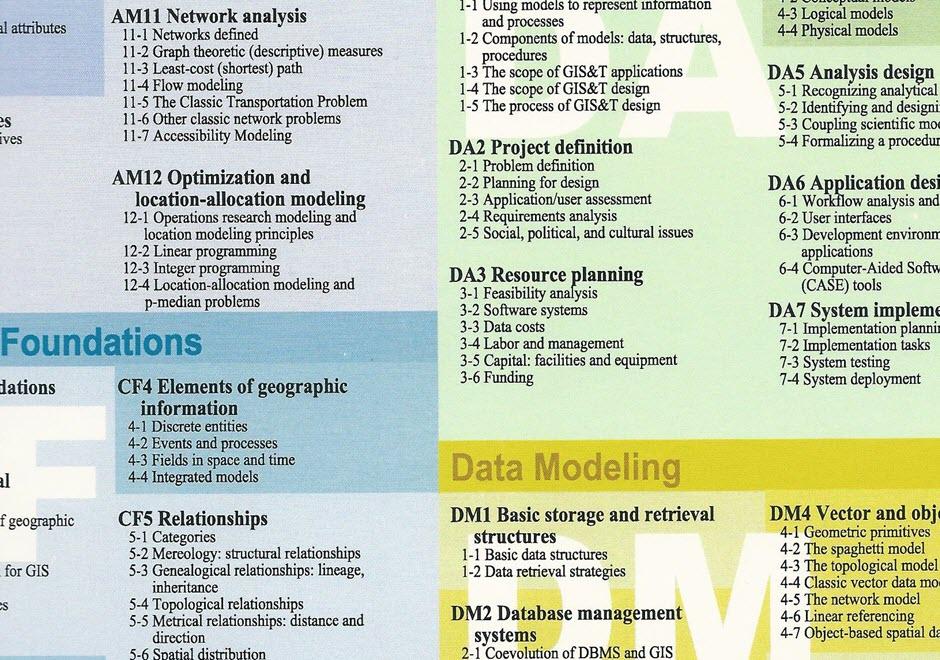
- Describe various approaches to the long-term funding of a GIS in an organization
- Describe methods to evaluate the return on investment (ROI) of a GIS within an organization
- Develop a budget for ongoing re-design and system improvement
- Discuss the advantages and disadvantages of maintenance contracts for software, hardware, and data across an enterprise
- Evaluate the adequacy of current investments in capital (e.g., facilities, hardware, software) and labor for a GIS
- Justify changes to the investment in an enterprise GIS, including both cutbacks and increased expenses

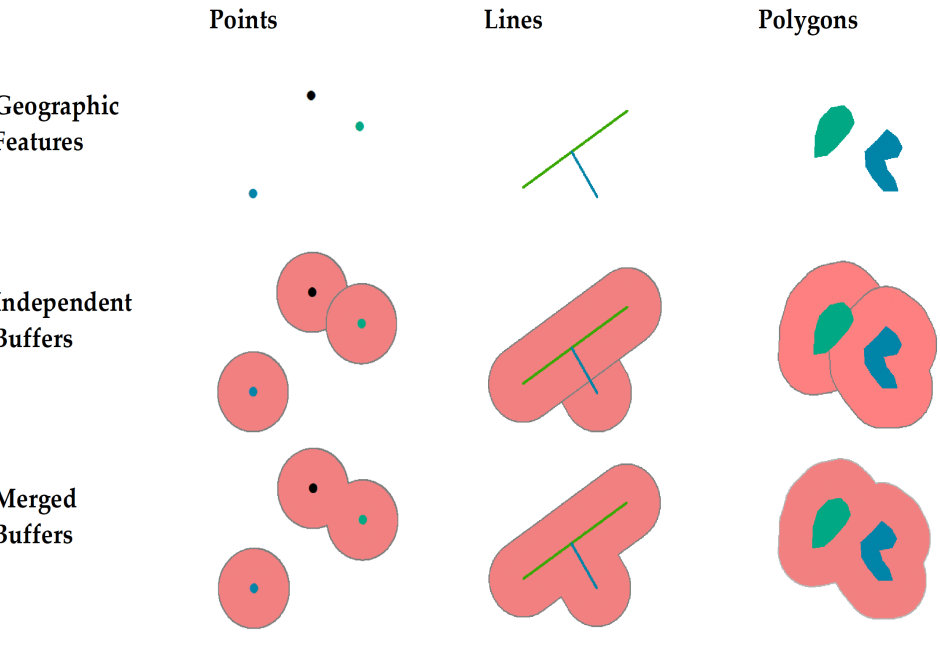

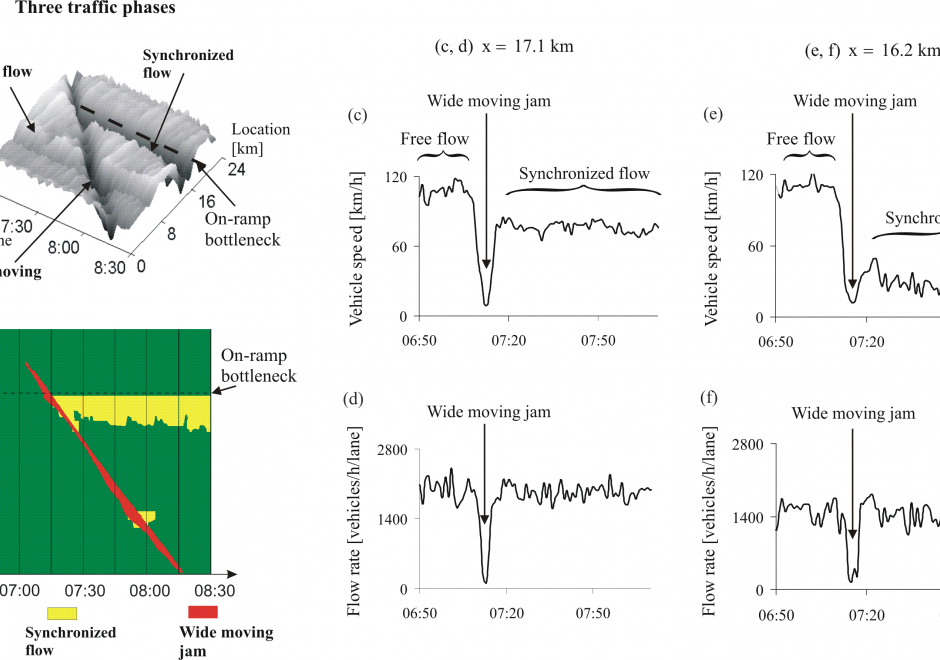
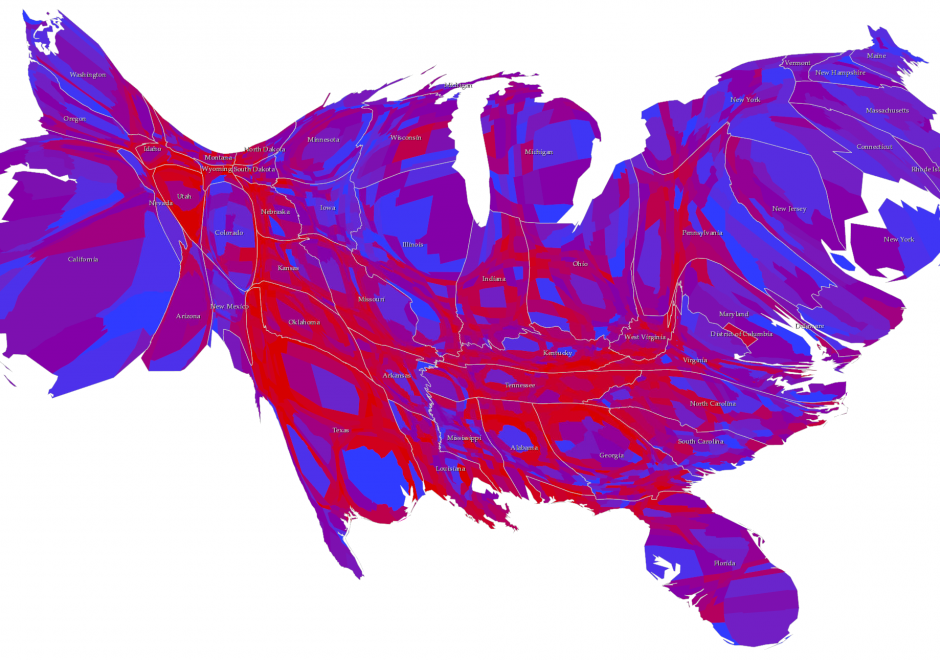
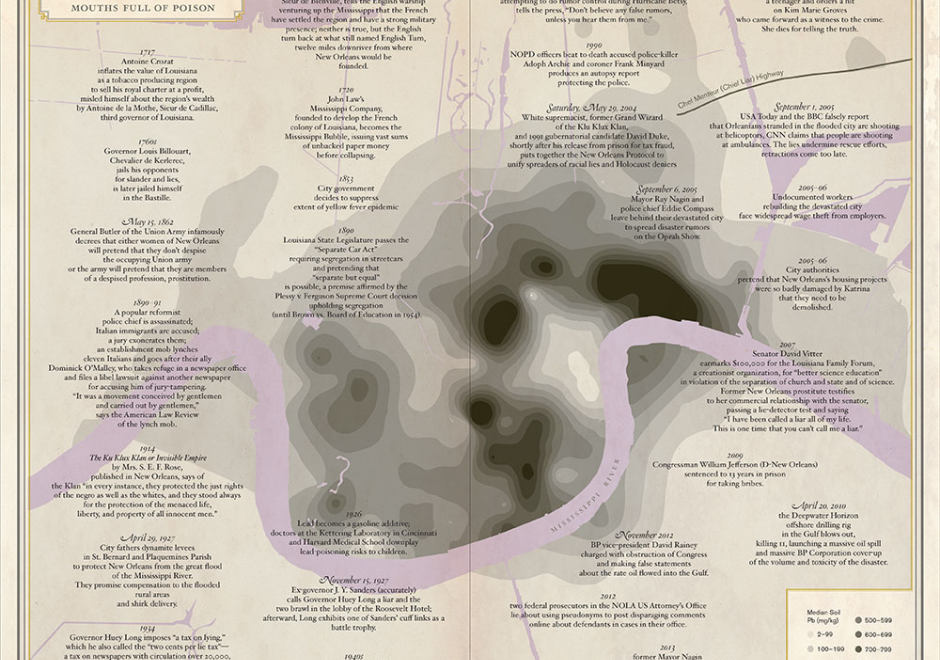

CV-12 - Bivariate and Multivariate Maps